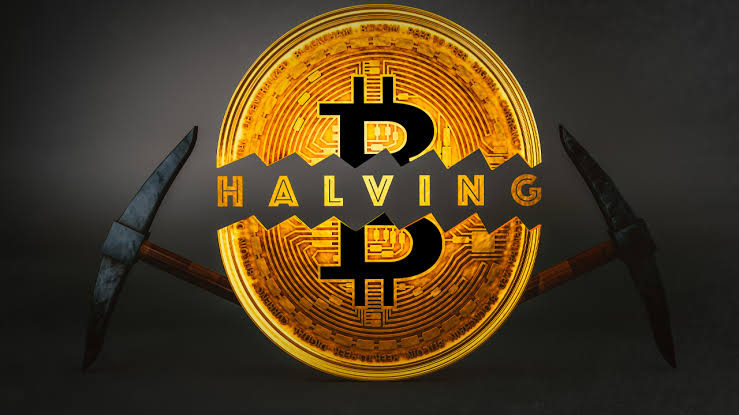
Bitcoin Halving 4.0 Success, Bitcoin Price Outlook
The recent Bitcoin halving took place on April 19, reducing miner rewards from 900 to 450 Bitcoin per day.
The Bitcoin halving event took place on Friday, April 19, after a great deal of anticipation preceded it. This event resulted in a predetermined reduction in the pace at which new bitcoins were created. This event, which occurs every four years, reduces the prizes that miners receive by half.
According to the information obtained from analytics platforms like mempool.space and blockchain.com, the modification was carried out at 8:10 p.m. New York time on Friday evening.
Specifically, the Bitcoin halving occurred at block height 840,000. As a result of the Bitcoin halving, the price of Bitcoin remained very stable, remaining quite near the barrier of $64,000.
Bitcoin Halving And Price Action
In light of the fact that Bitcoin halving 4.0 was successful, the daily miner payouts have decreased from 900 Bitcoin to 450 Bitcoin. Analysts anticipate that half of the Bitcoin supply will act as a trigger to drive the price of Bitcoin higher.
This is because the halving will restrict the number of new bitcoins available on the market. The robust demand from spot Bitcoin exchange-traded funds, on the other hand, will only serve to further bolster the positive trend.
A number of senators that are in favor of Bitcoin, such as Senator Cynthia Lummis of Wyoming, have expressed their satisfaction with the recent development.
However, major financial institutions like JPMorgan and Deutsche Bank believe they have already factored in the halving of the Bitcoin supply. Kok Kee Chong, chief executive officer of Singapore-based AsiaNext, a digital-asset exchange for institutional investors, said:
“As expected, the halving was fully priced in so price movement was limited. Now the industry will have to wait and see whether a rally will occur in the coming weeks amid sustained institutional interest”.
The current optimism surrounding Bitcoin’s short-term prospects could face challenges due to broader macroeconomic factors, including indications from the Federal Reserve suggesting a pause in interest rate cuts and escalating tensions in the Middle East.
The halving event is likely to significantly impact Bitcoin mining companies more than the cryptocurrency’s price, but it will also significantly affect the revenue these companies generate.
This change to the blockchain has the potential to eliminate annual revenue for miners, which currently amounts to billions of dollars. It is possible, however, that this effect will be mitigated if the price of the cryptocurrency continues on its current upward trajectory.
There is a high probability that the price of Bitcoin will continue to be subject to some selling pressure for a few weeks, and that this pressure will typically originate from Bitcoin miners.
Because of the revenue losses that occurred after the halving event, it is likely that these miners will sell their Bitcoin holdings in order to compensate for the losses.
In contrast, the price of Bitcoin has already experienced a significant increase of 65% so far this year with the introduction of spot Bitcoin exchange-traded funds (ETFs).
Despite the expected short-term volatility, long-term investors can continue to add on dips. Over the course of history, the price of Bitcoin has consistently reached its highest point in its bull market (518–546) days following the halving.
If this proves to be accurate, the next market peak for Bitcoin could happen between September and October of 2024.





